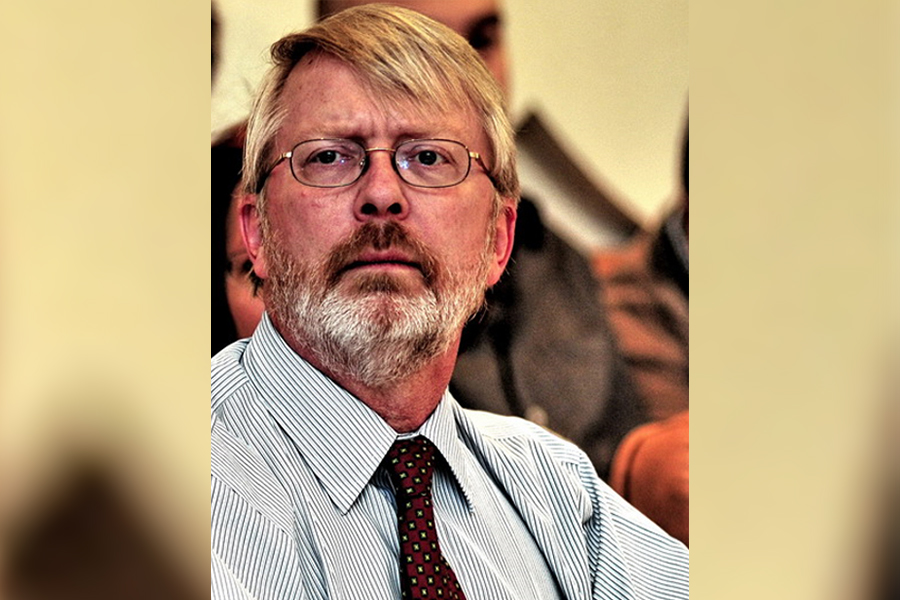FSU expert available for context on early climate change research

Earth Day marks a time to consider the environmental challenges facing humanity, including our changing climate. Through the efforts of scientists around the planet, the understanding of those changes is constantly being refined.
A wealth of our knowledge about how the climate works is due to the interest of the U.S. Department of Defense (DOD), said Ron Doel, a Florida State University associate professor in the Department of History who researches the history of science and technology.
He is available to comment on how interest from the U.S. military funded Earth sciences research that has shaped our current understanding of climate change.
“Within two years after the end of World War II, people in the Department of Defense were hearing about climate change as a national security issue,” Doel said. “The military needed and wanted to learn as much as possible about the broader physical environment because of the emergence of new weapons systems and the political landscape that pitted the United States against the Soviet Union.”
Doel’s work uncovered a pivotal moment in the Pentagon’s interest in the climate — a 1947 meeting between DOD officers and a Swedish glaciologist named Hans Ahlmann.
Although the term “climate change” had not yet been coined, that’s what Ahlmann’s research was about. He had just given a public lecture at UCLA where he discussed findings that showed increased temperatures at the North Pole. Ahlmann wondered how it would affect people, especially people who lived near the coast.
People at the Department of Defense wondered, too. The closest route to the Soviet Union from the United States was over the Arctic. A radically changed environment, with water where ice used to be, presented important security implications for the country.
The Pentagon swung into action. Initially motivated by a desire to understand how weapons and logistics would be affected by a changing climate, the agency made major investments in Earth sciences research at universities across the country. Researchers were trying to understand what was happening from a scientific standpoint and were also aware of the national security implications of their work.
“A lot of the insight into how the climate works initially comes out of that research that is either directly or indirectly funded by the military to build up that capacity,” Doel said. “Many Earth science research centers were established at leading U.S. universities. Money flowed into new investigations of Earth and its atmosphere. These funds also helped train a new generation of young scientists who studied Earth’s changing climate.”
Our understanding of climate change has grown since the Cold War. The Department of Defense’s consideration of the issue has changed, too: DOD now considers climate change a security issue that threatens global stability.
For Doel, it’s a new chapter in the ongoing saga of what scientists are learning about the climate and how that research informs public policy.
“Military fascination with the thinning ice of the North Pole is a forgotten story today, a victim of Cold War secrecy,” he said. “But already in the early 1950s, polar researchers were sounding the alarm that major climate change could cause significant impacts to modern civilization.”
Associate professor Ron Doel is currently writing a book that explores the rise of the physical environmental sciences in America, including how U.S. military patronage shaped Earth science research during the Cold War. To arrange an interview, email rdoel@fsu.edu.

